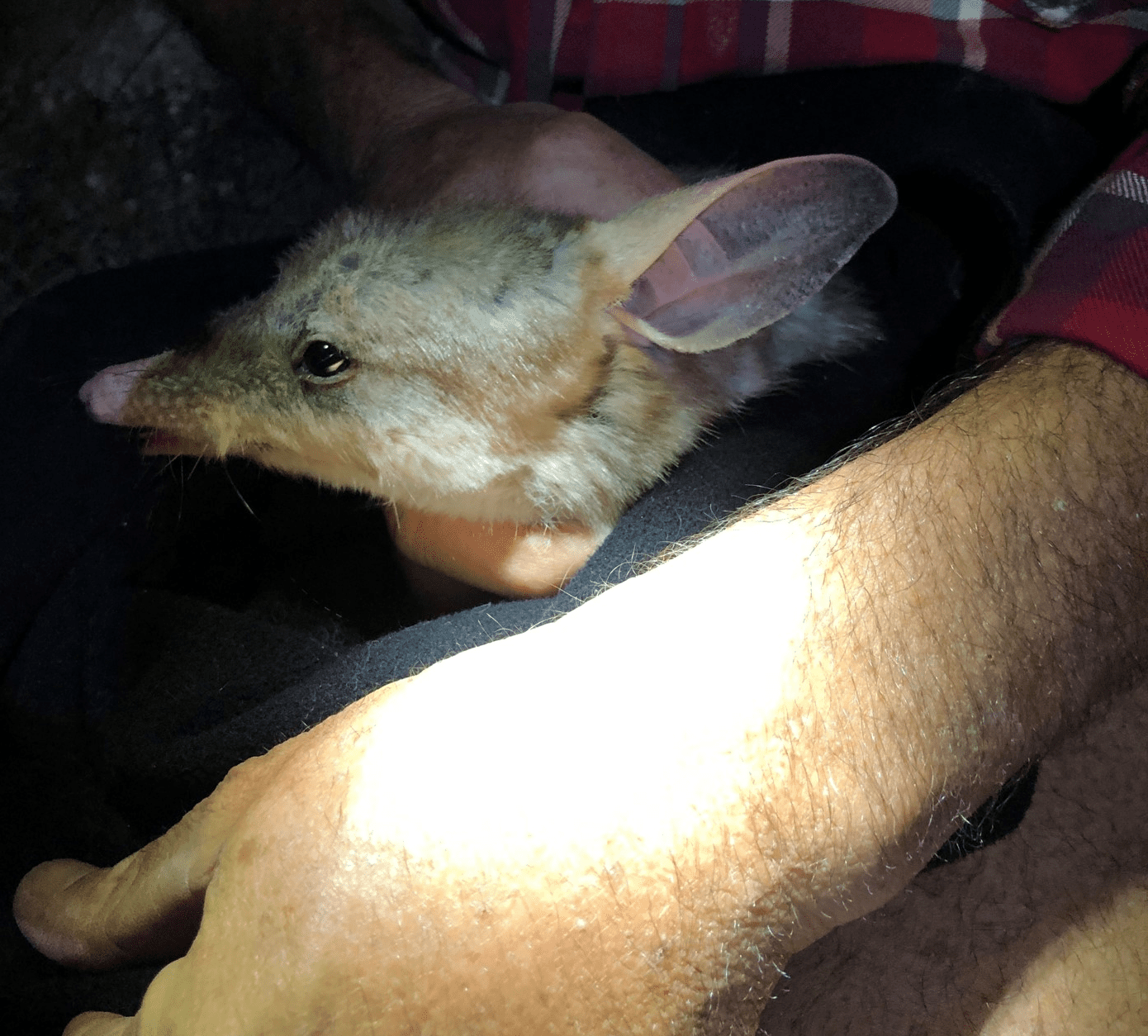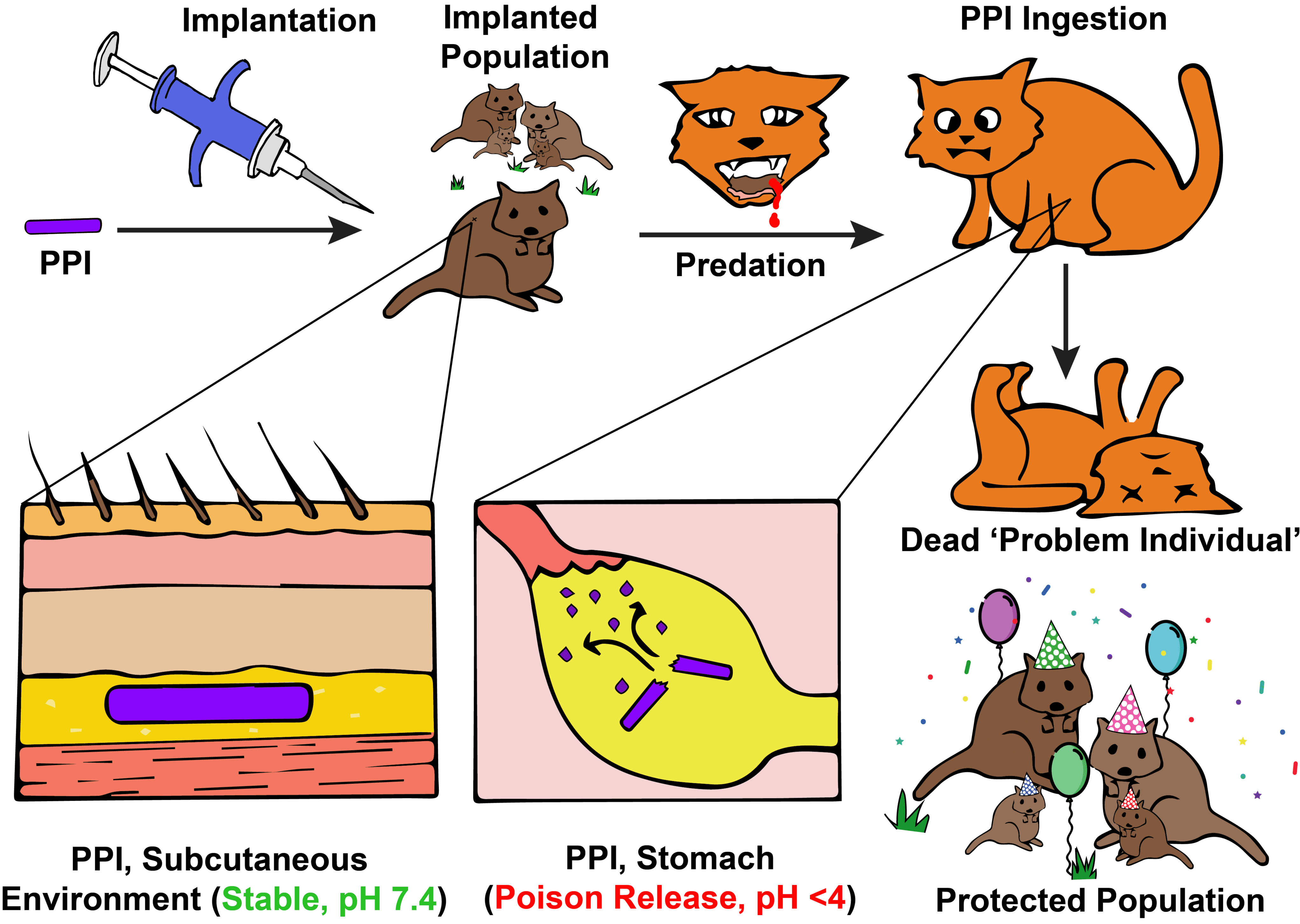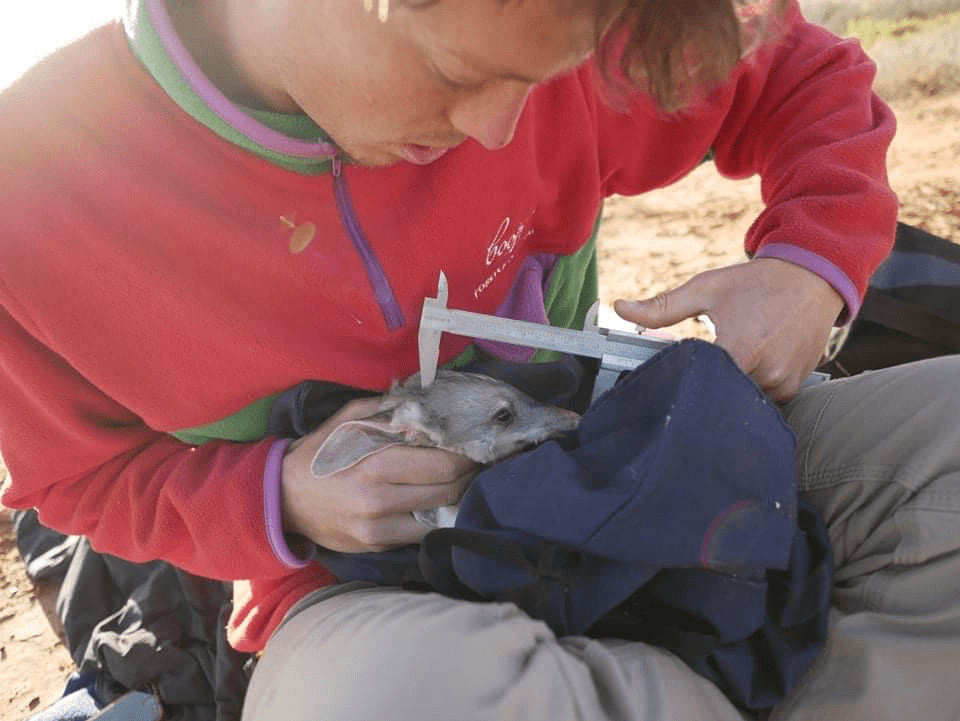In the last 200 years, Australian mammals have died out like nowhere else on Earth – 31 known species gone and dozens more on the brink. However, scientists have described a novel idea to reduce the carnage: arm currently defenseless animals with poison pellets to destroy their carnivorous foes, as reported in ACS Polymer Materials. Whether it will work or not is still under investigation, but the originality of the idea alone deserves some credit.
There are many contributing factors to Australia’s mammalian apocalypse. Climate change has killed one species single-handedly and contributed to the loss of others. Land clearing for farming (or as part of logging operations) is suspected in many deaths, but introduced species are probably the worst offenders – particularly cats and foxes.
A standard technique to save the numerous endangered species is to fence off an area of land and clear it of introduced predators. Unfortunately, however, University of South Australia PhD student Kyle Brewer told IFLScience that “You often have a single cat or a couple of cats that get through the fences. Because feral cats are such ferocious and skilled predators they keep hunting native animals until they wipe them out.”
Much as we may love our felines, Brewer emphasizes; “Cats engage in surplus killing, often killing animals they will only partially eat.”
Baits and poison traps have limited effectiveness because cats prefer live prey, although Brewer noted these approaches work better with foxes.
The solution Brewer is exploring is to implant a pellet containing 1080 poison under the skin of bilbies, a small endangered marsupial, released into a safety zone. If a cat tries to eat a bilby it’s expected the poison will kill it. “We might lose a bilby or two,” Brewer told IFLScience, “But the rest will be protected.”

A pensive-looking bilby considers its role as a savior of its species. Image Credit: Todd McWhorter
Having a poison pellet implanted under one’s skin might sound every bit as dangerous as sharing space with a four-legged killing machine. In theory, the pellets only release their toxins when exposed to acidic environments, such as a cat’s stomach, but one can be forgiven for having doubts.
However, bilbies are unusually suited to the concept. Certain plants in southwestern Australia produce a molecule similar to 1080 poison to ward off herbivores. Over time, native species – bilbies included – have evolved partial resistance to the molecule, which transfers to protection against 1080, making them relatively unaffected by a toxin that is lethal to most other mammals. The resistance tends to get weaker the further east an animal’s origins lie, but Brewer is confident his bilbies would survive exposure.
“Even if we implanted the bilbies with three or four and they ruptured, they’d still be fine,” Dr Katherine Moesby of the University of New South Wales told AAP. It quite likely won’t come to that – the paper reports a thin coating was sufficient to prevent the implants from rupturing in rats, who showed no great ill effects of carrying the devices.

How implanting some small vulnerable marsupials such as bilbies could save their species from killer cats. Image Credit: Kyle Brewer and Dr Todd Gillam
Brewer and Moesby hoped they would know if the idea would work by now, but encountered an unexpected delay. Australia’s recent wet weather has caused a mouse plague, and feral cats are so busy feasting on rodents they’ve been leaving the bilbies alone. As Moesby told AAP, that’s; “Great for the bilbies, but not so great for the field trial.”
Eventually, however, the mice will abate, the cats will hunt bilbies again and Brewer will get his results, and probably doctorate. “Hopefully bilbies are just the beginning,” Brewer told IFLScience. If it works for the many 1080-resistant species, the idea might be cautiously expanded to others, relying on the pellets’ protective coating to stop them from poisoning themselves.
Even if that never comes off, however, saving the much-loved bilby would be an achievement in itself.

It’s hard to build a bilby self-defence militia without knowing their size. Ned Ryan-Schofield takes measurements. Image Credit: Tess Manning
Source Link: Adorable Endangered Marsupials Equipped With Poison Pellets To Halt Feline Slaughter